Geocachers – high tech treasure hunters – use billion-dollar satellites to find Tupperware containers in the woods!
Geocaching is a growing outdoor hobby where the coordinates of certain locations or hidden “treasure” caches are made available. To find treasure, seekers are armed with handheld GPS devices, a pen and trinkets. Sound easy doesn’t it? Rarely is the path to the treasure merely a straight line.
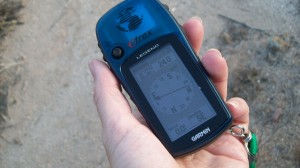
It is the moment of knowing were you are and there being no path to where you want to be that the lesson of geocaching is clear. How do you navigate the unexpected terrain, technical issues, and lead a group in the woods? Just getting from here to there can involved rocks, rivers, misleading clues, and non-existent paths.
There are plenty of opportunities to build up your outdoor skills with the kids with over a million caches, or treasures hidden on public lands across the world. This is a growing hobby – even the iPhone has a geocaching application.
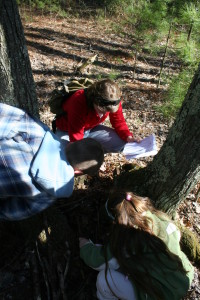
When hiding a cache, people include information about the area where the treasure is hidden providing a wonderful insider’s guide to local history, culture, and open spaces. Most of the treasures are small trinkets, but some are trackable items that travel the globe.
Although there are a handful of geocaching treasure hunting organizations, Geocaching.com is the most popular. You can put your regular postal address in the Get Started location and up will pop an array of hidden treasure within a few miles of your house. When I put in my sister’s northwest Tucson address we were amazed to discover almost 100 treasures, or caches within five miles.
Geocaching with kid can be a great learning experience but it takes planning. When I first started geocaching with my kids and sister in Tucson, AZ. I loaded a dozen or so coordinates into my hand held GPS device and set off to find the closest cache. We also loaded up with water, a first aid kit, and snacks. All we needed were a handful of trinkets – in our case a star shaped pencil sharpeners, funny erasers and a couple of key chains – and a pen and we were off.
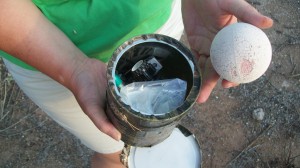
The first cache we sought was within a half mile of my sister’s house and should have been a super easy cache to find. Alas, it was not. We searched and searched thru cactus, palo verde trees, and rocks only to realize the best clue to finding the precise location was held in the name of the cache. After that, it was found in within a few moments. This was the first realization that many treasures are hidden with a great deal of humor!
Having to traverse landscape that is unfamiliar was a good lesson for my kids. Even though the GPS said the cache was close, proximity didn’t get us there, persistence did.
To claim a treasure, you must log your find in the paper log at the cache then again online. Caches range in size from “nano” – so small there is no room for a pencil and the log is merely a half inch strip of paper rolled up – to much larger containers that can hold DVDs. Most caches are somewhere in between and hold a handful of trinkets like key chains, toy trucks, small stuffed toys, stickers, beaded jewelry, and the like.
Trackable items are a fun way to participate in the game of geocaching on an international scale. Trackable coins and “travel bugs” are small items with a tracking number on them. Cachers can log the tracking number and follow an item worldwide. Each trackable item has a story to tell and a mission to accomplish. Many travel across the world traveling thousands of mile one cache at a time. They are a terrific lesson in geography and patience.
Have you ever tried geocaching? Tell us what it was like!


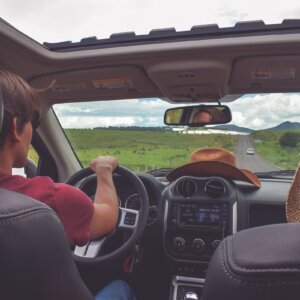


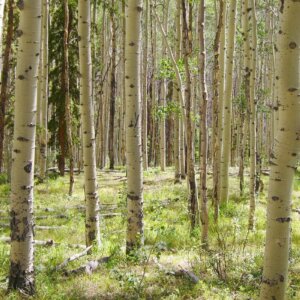
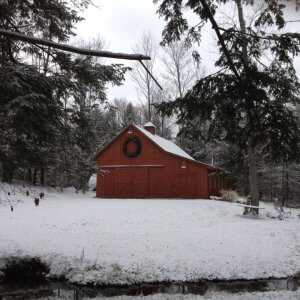



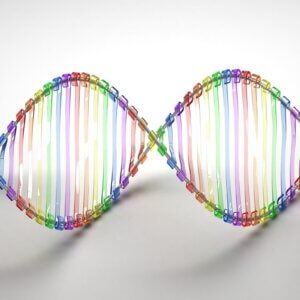
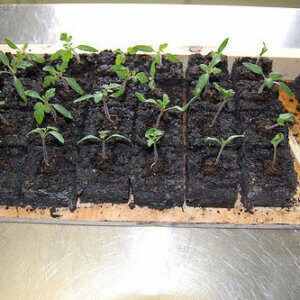
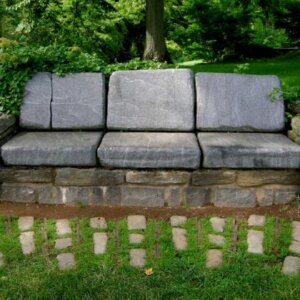
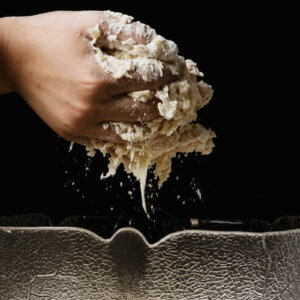





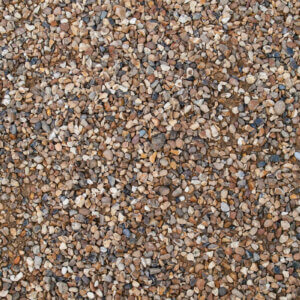

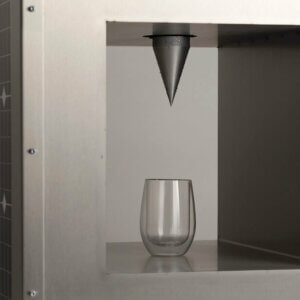








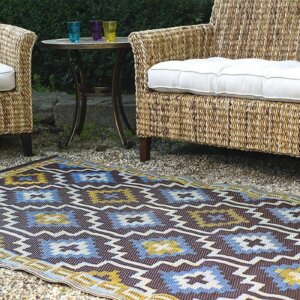
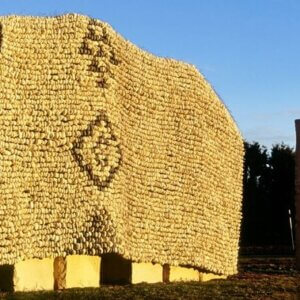

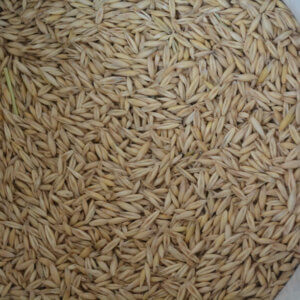
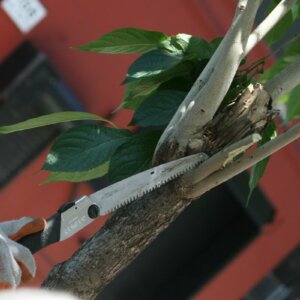
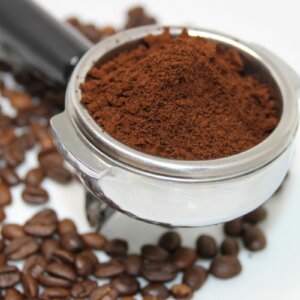




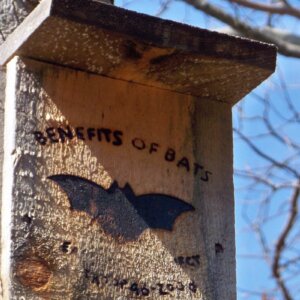

Leave a Reply